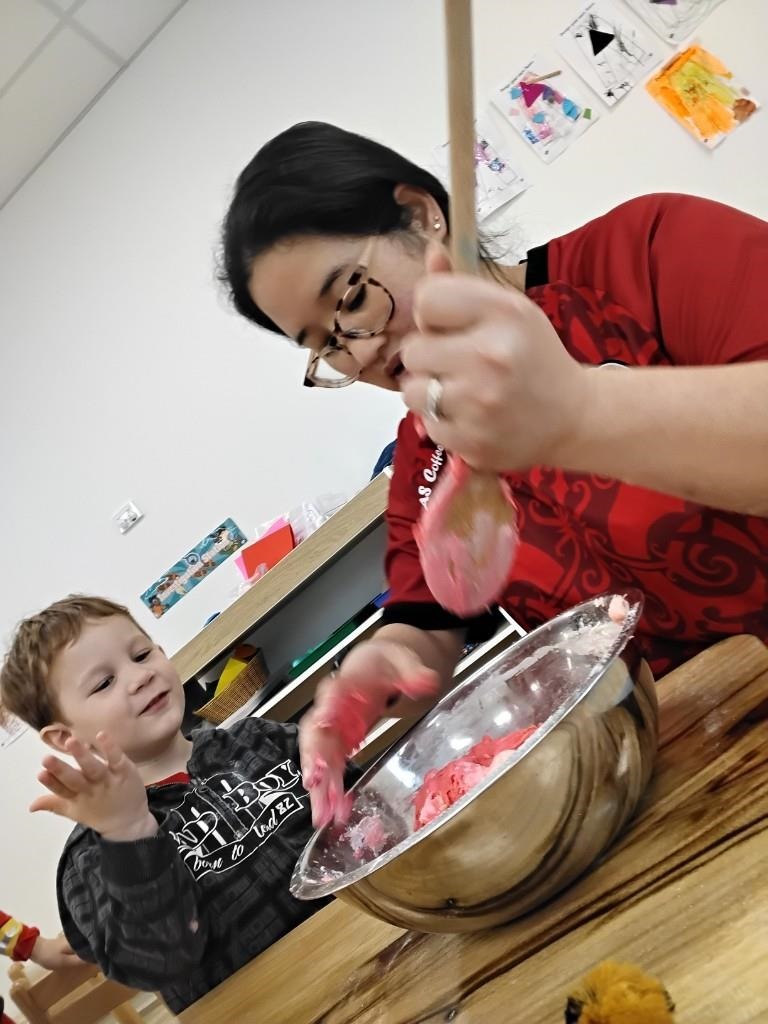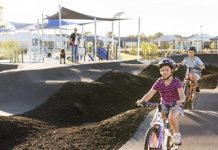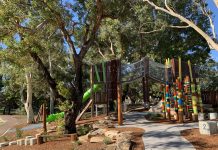
Musical Play is a magical way to share joyful experiences with your children whilst providing them with a wealth of benefits in their early years. As we know, play is how children explore and begin to understand the world around them. Musical play provides opportunities for your child to not only learn about music but will also support all areas of their development whilst fostering creativity and imagination. Not to mention is it SO MUCH FUN!
“Play is the work of childhood” – Jean Piget
“Play is the highest form of research” – Albert Einstein
Benefits of Musical Play
Here are just a few reasons WHY musical play should be part of everyday life for young children:
- Rhythm and rhyme help to prepare children for language and reading skills
- Singing nursery rhymes and songs helps to expand vocabulary
- Finger play songs and Wiggles help to develop important fine motor skills
- Music can help to build the foundations for literacy and numeracy
- Movement to music helps to strengthen gross motor skills, muscles, balance and spatial awareness
- Music improves general mood and ability to concentrate
- Music aids in the development of social and emotional competence
Before you start thinking, “It’s too hard”, “I can’t sing”, “I can’t play an instrument” …let me inspire you!
Everyday examples of Musical Play
Here are some ides of how easy it is to engage in musical play with your child at home and how you will expose them to different elements of music:
Narrate Your Day Using Songs
Use songs to commentate what you and your children are doing throughout the day e.g. bath time, getting dressed, in the highchair, hanging up the washing, going to the shops etc. This helps to reinforce and establish a routine and will provide comfort to your child as once they hear you singing a song, they will associate it with what will happen next. Also making up the silliest of songs and being spontaneous (even while doing the grocery shopping), will add a FUN FACTOR!
Wiggles & Tickles
Engage in Wiggles: rhymes where you wiggle each finger (or toes) in order from thumb to pinkie, or Tickles: rhymes that involve tickling body parts such as the tummy, feet or under the arm.
Keep Your Baby Engaged
When singing to babies make sure to face them and engage in eye contact to further strengthen your bond and create a special connection on an emotional level. They will love seeing your face, and their face will light up when they see you singing and playing with them!
Play Pretend
While you are playing with your child’s cuddly toys or teddies, you could pretend to put them to sleep by singing a lullaby. You could talk about why you might rock the cuddly toy slowly and gently, rather than fast and rough. This will help support their understanding of Tempo (speed) and Expression in music.
Experiment with Sounds
Encourage your children to bang on the pots and pans and include a variety of different types of materials such as ceramic, metal, or wooden utensils. This helps expose your child to Timbre (the character or quality of a musical sound).
High to Low
When your child is sliding down a slide, make sounds with your voice that slide from high to low, matching their movement. This helps to make a connection between physically being up high and sliding down low, with the concept of the Pitch of your voice. See if they can make similar sounds exploring their own voice. You can also try this activity while they are playing on a seesaw or swing.
Row, Row, Row Your Boat
Sit your child in a washing basket and rock it back and forth, while singing “Row your boat”. This fosters wonderful imaginative play! A washing basket can also be a car, an aeroplane…endless possibilities.
Encourage Exploration
Have a small collection of a variety of percussion instruments scattered around your play space for your child to explore and enjoy.
Use Books as Inspiration
Read your favourite books and think of instruments or things around the house that could create a sound effect for your story. “We’re Going on a Bear Hunt” and “Alpacas with Maracas” are some of our favourites!
Get Bouncing!
Bounce your child on your knees while saying a simple nursery rhyme. You are providing your child with exposure to Beat and Rhythm. The beat being the bouncing up and down and the rhythm being the words you are saying. Older children can bounce their own teddy or soft toy on their lap in time with the beat while you both say the rhyme. See if they can do it themselves in time with the beat.
Play with Height & Pitch
While building a tower of blocks, you could play a pitched instrument such as a xylophone up the scale, so that as your child’s tower gets higher, the music you are playing gets higher. This will give your child a visual representation of the concept of Pitch (the degree of highness or lowness of a tone).
Create Patterns
Create patterns with things you can find around the back yard such as stones, rocks, sticks, flowers, leaves. Can you clap or tap these patterns? Creating patterns like these are laying the basis for the fundamentals of rhythm in the future.
Feel the Rhythm
If your child likes to “hammer” or “fix things”, build upon that by tapping different rhythms – short and fast or long and slow.
For older children, they could practise clapping your weekly shopping list e.g. Milk, eggs, apples, bread. Watermelon, grapes, butter, carrots. This also helps reinforce rhythmic concepts.
“A child who sings is a happy child.” – Enrique Falabella
There are so many wonderful musical play activities you can do with your children right in the comfort of your home. Sing, play, be in the moment, experiment, explore, imagine and share in the joy that music brings, together!

Michaela Ivory is a local mother of three children aged 8, 5 and 2, and is a music teacher passionate about the inclusion and importance of music in the early years. She teaches, “Crescendo” a community outreach music education program for the West Australian Symphony Orchestra at two primary schools in Perth’s south, as well as teaching her own early childhood music classes for 0-6 year olds, Nurturing Notes. Michaela has a double degree in Music and Education and holds a Level One Orff Schulwerk Certification, as well as a First Steps in Music Certification. She loves to share her passion with parents, teachers, educators, and families, through sharing her songs, rhymes and teaching ideas on her blog, as The Musical Mum.



